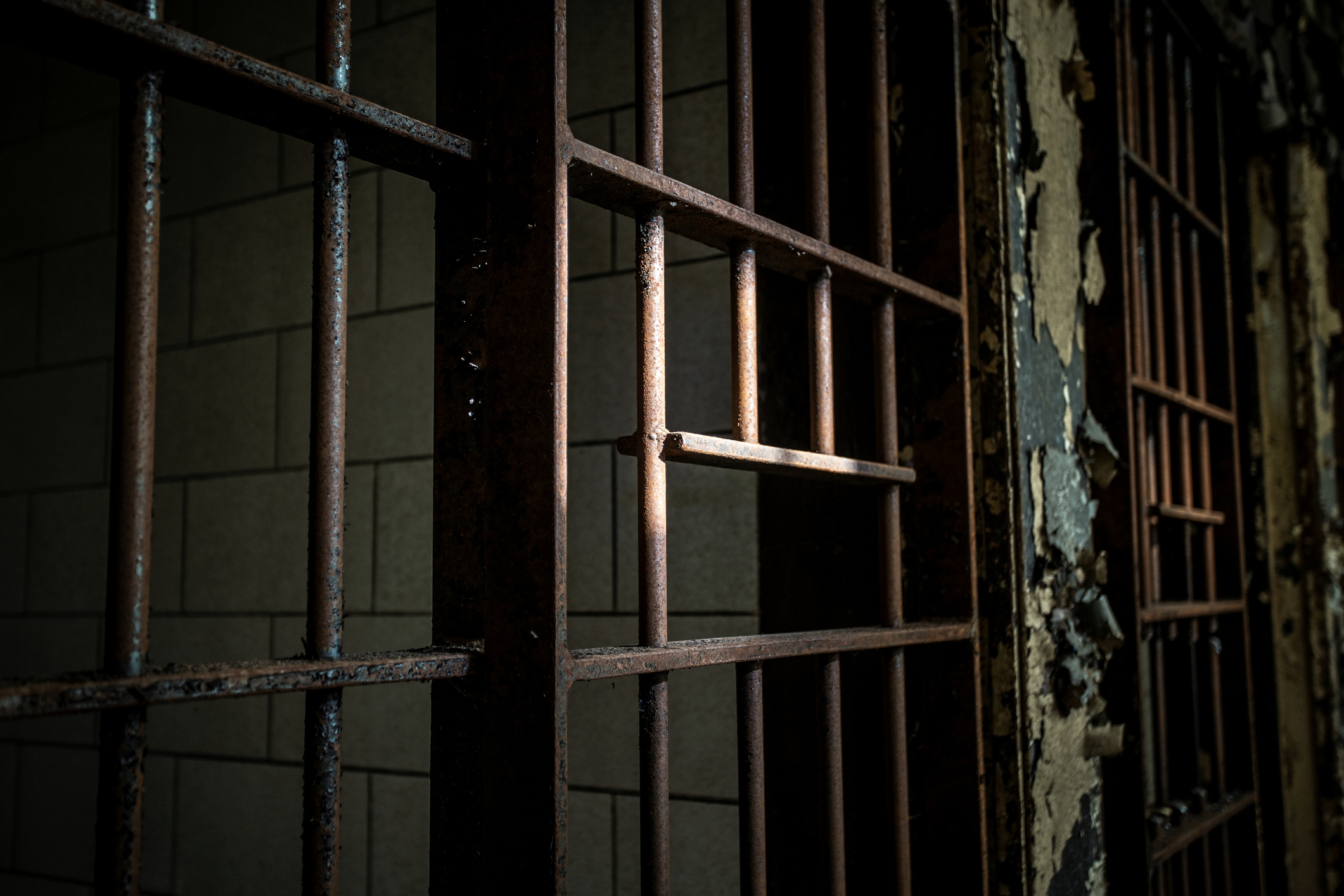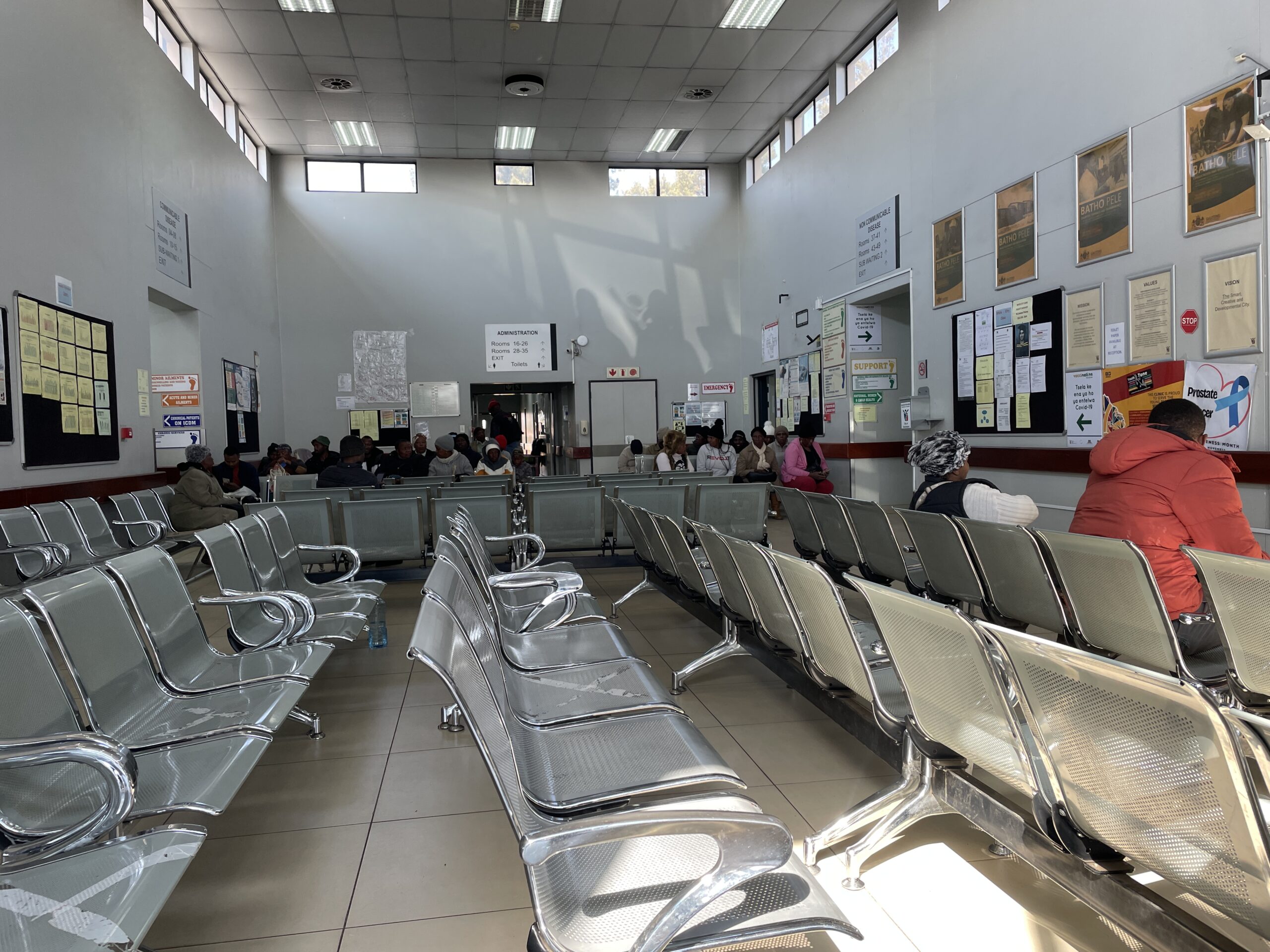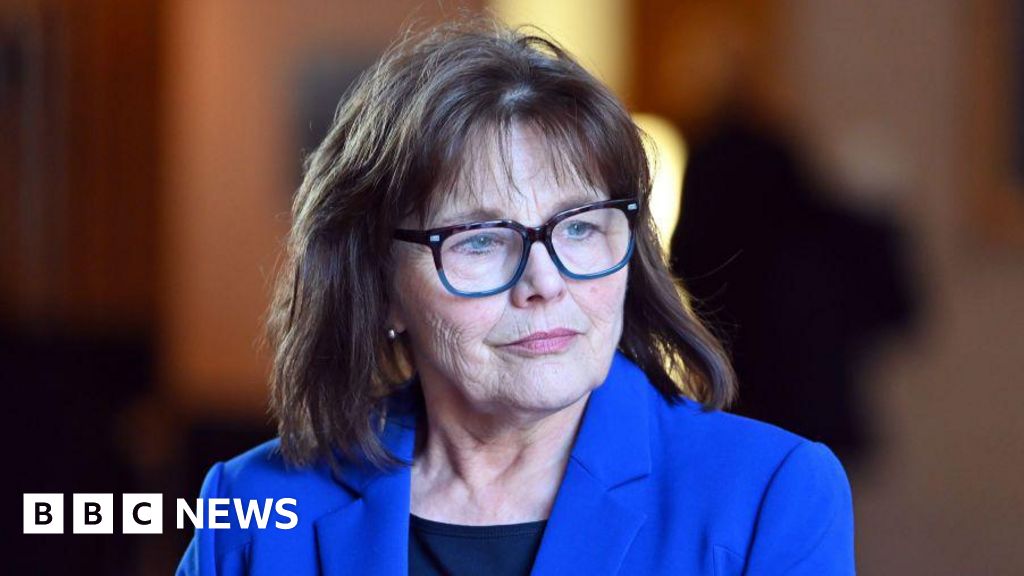Copyright truthout

“There’s nothing wrong with him. If there were, it would say so in his file.” I heard a licensed mental health counselor say those words to a correctional officer as they stood side by side, watching a man through a large plexiglass window that took up most of the wall of an observation cell, a cell used for people deemed a threat to themselves or others. Inside, the man was visibly unraveling, pacing, talking to someone who wasn’t there. We were in B-4, the mental health unit at Orange County Jail in Goshen, New York, known among incarcerated men and staff as the “bug-out” unit. I was 19 years old, newly incarcerated, and already diagnosed with several mental health disorders. In my naive and inexperienced mind, I thought the man in that cell was going to receive some sort of help. However, on that day, I learned a harsh reality: in New York’s jails and prisons, mental health services do not exist unless it is documented and part of your case file. When I was arrested in 2014, I came to jail with a psychiatrist’s diagnosis already in hand: oppositional defiant disorder, depression, and severe anxiety. I had been prescribed psychiatric medication, and because that paperwork followed me, I was placed on the mental health caseload. In many ways, I was fortunate. Before my incarceration, I was covered under my family’s health insurance, which allowed me to see a psychiatrist and receive treatment that many others could not access. That single privilege, the ability to afford care and obtain a documented diagnosis, became the reason I qualified for mental health care in jail. Though the services were limited, I was at least provided monthly check-ins, medication, and placement in a housing unit that catered more to our individual needs than a general population unit would have. None of it felt like treatment though. There were no therapy sessions, no support groups, and no opportunities to understand what I was experiencing or how to manage it, especially in a place like jail. The unit I was housed in felt less like a place for healing, and more like a warehouse: somewhere to lock away people with visible symptoms until they could be filtered back into general population, which eventually is where I ended up. In 2017, I was sentenced and transferred to a state facility run by the New York State Department of Corrections and Community Supervision (DOCCS). I expected some continuity of care. What I found was worse: a system where treatment is reduced to a checklist, and if you are not already “on the books,” you do not qualify. Care inside is determined by paperwork, not people. If you had a psychiatrist before prison, you might be placed on the caseload. If you did not, no matter how much you are struggling, you are likely ignored. This reality was impossible to miss. I watched men beg for help and get turned away because they lacked a formal diagnosis before incarceration. I listened to stories from people who had been hearing voices since their teenage years, but whose requests for treatment were denied because they had never seen a doctor before prison. Others described panic attacks, chronic insomnia, or overwhelming anxiety, only to be told, “You are not on the caseload.” Their suffering did not count because it was not already written down in a file. Correctional officers and even some mental health aides treat mental illness like a hustle, assuming people are exaggerating to get medication, avoid punishment, or score a free high. Unless you came in with schizophrenia or psychosis, you are often brushed aside. Depression, anxiety, and PTSD, conditions that disable so many, are dismissed as mood swings or bad behavior. Instead of being seen as medical issues, they are treated as flaws in character, a reflection of willpower rather than well-being. DOCCS reports that about 29 percent of incarcerated individuals are currently on the mental health caseload, up from 26 percent in 2022. Yet according to the Bureau of Justice Statistics, nearly 50 percent of incarcerated people nationwide live with some form of mental illness. That gap exposes the truth: people are coming to prison already suffering, but if they lacked access to doctors and diagnoses before incarceration, their pain remains invisible. In 2018, while at Clinton Correctional Facility, I stopped taking psychiatric medication. The side effects — weight gain, fatigue, emotional numbness — became unbearable. When I told staff that I felt more depressed and even had thoughts of hurting myself, I was told, “That is just the price you pay to feel better.” But I did not feel better. What I learned was that in prison, medication is often the only tool offered, and even that is reserved for those whose paperwork qualifies them. Real care such as counseling, trauma-informed therapy, and group support is almost nonexistent. The state treats medication as a substitute for healing rather than one part of it, reducing human suffering to a matter of dosage and compliance. A 2023 study from Harvard’s Kennedy School found that even a single day in jail can cause lasting psychological harm, and prison only multiplies that harm. Constant surveillance, unpredictable violence, long-term separation from family, and the complete loss of control over your own life are not simply stressors; they are traumas that shape every waking moment. Yet the system refuses to acknowledge this. Screenings rarely account for the psychological toll of incarceration itself. When someone begins to break down, their behavior is treated as a disciplinary issue rather than a crisis. Instead of receiving treatment, they are written up. Instead of obtaining care, they are sent to solitary. Their file grows, not with diagnoses or treatment plans, but with misbehavior reports. The result is predictable: people leave prison more fragile than when they came in, carrying untreated wounds back into their communities. The file system does not merely fail people; it protects the institution. By tying care to prior diagnosis, DOCCS shifts responsibility away from itself. If a man spirals into psychosis but was never diagnosed before prison, the state can claim, “There was nothing in his file.” The suffering becomes invisible by design, hidden behind policy language and bureaucratic logic that prioritize liability over lives. This shield saves money, limits accountability, and allows lawmakers to say they are addressing mental health without making real investments. It is austerity disguised as policy, and its consequences are written on the faces of the people it abandons. Mental health care must be available to everyone, not just those with paperwork. Everyone should be screened at intake and again at regular intervals, ensuring that these screenings are conducted by independent clinicians rather than correctional staff. Prisons should offer talk therapy, group sessions, and trauma-informed care in every facility. Staff should be trained to recognize signs of distress and respond with care, not punishment. We need systems that acknowledge incarceration itself as trauma and help people survive it rather than break under it. We know untreated mental illness drives higher recidivism rates, deepens cycles of poverty and violence, and fuels despair that can end in suicide. New York spends more than $3 billion annually on prisons yet continues to ration care as if acknowledging suffering were too expensive. The truth is, neglect is what proves costly. People return home untreated, destabilized, and at higher risk of reoffending. Communities bear the weight. Families pay the price. Right now, DOCCS treats mental illness as a logistical problem. But what is happening inside these walls is deeper than that. People are hurting. Some are unraveling. And many are leaving prison with scars that no file will ever record. We cannot medicate our way through this crisis. Healing requires more than prescriptions. It requires care, presence, and a system that sees people rather than paperwork, because what is not written down still matters.



